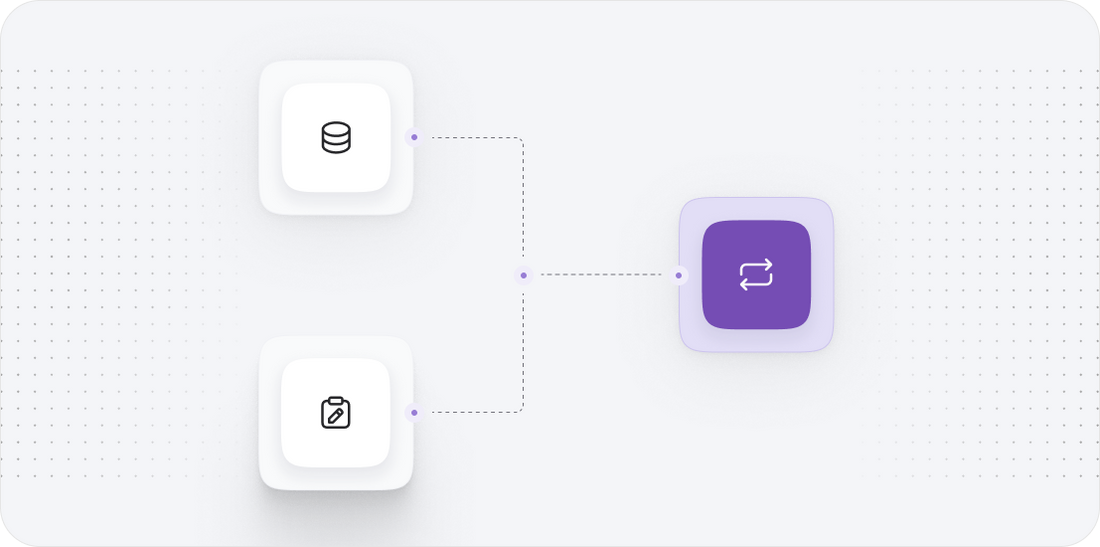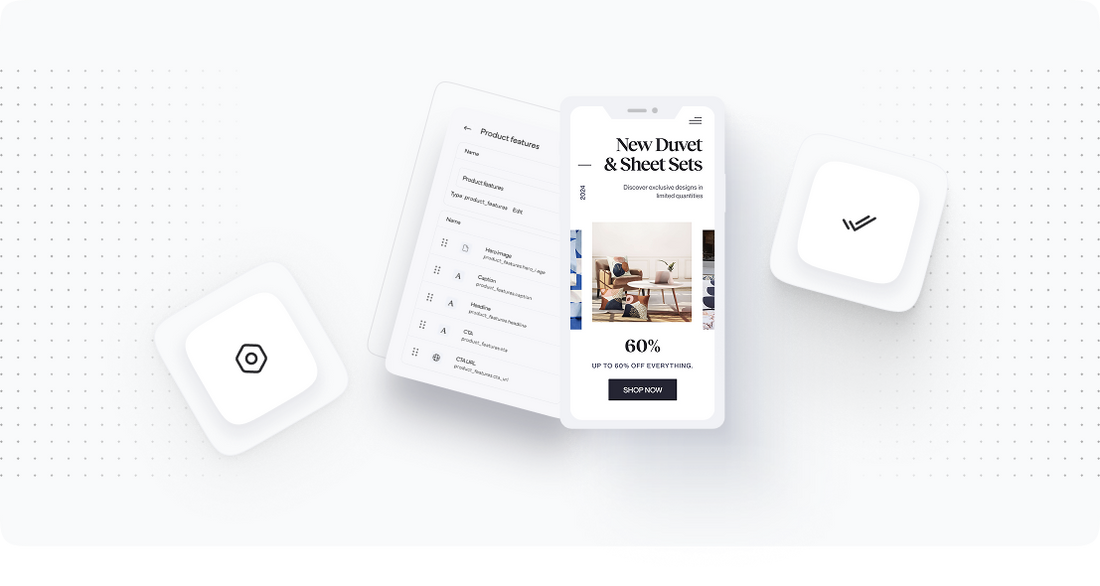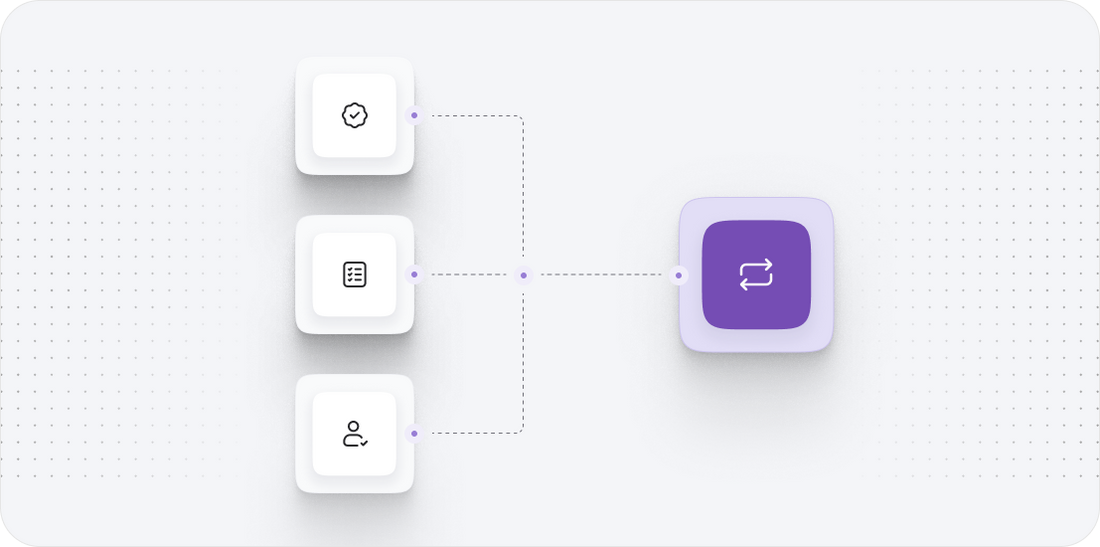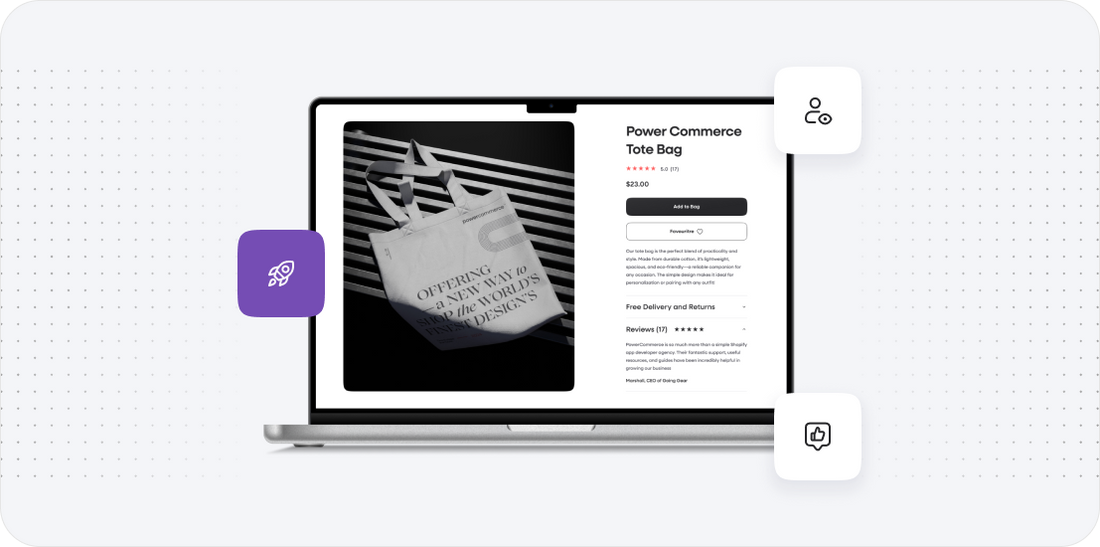





Drupal commerce to Webflow
Migrating your store from Drupal commerce to Webflow might seem daunting, but with proper planning and the right tools, it's a smooth process. Follow this step-by-step guide to ensure a successful transition.
Schedule a call
Step-by-Step Migration Guide: Drupal Commerce to Webflow migration guide
Step 1: Audit Your Existing Drupal Site
In this initial step, we will perform a comprehensive audit of your existing Drupal Commerce site to identify the content, structure, and functionalities that need to be migrated to Webflow.
Step 2: Plan Your New Site Structure
This step involves planning the new site structure in Webflow based on the results of the site audit, ensuring a smooth transition and better user experience.
Step 3: Design Your Website in Webflow
In this step, we will focus on designing your new website in Webflow, leveraging its powerful design tools to create an intuitive and visually appealing site.
Step 4: Set Up Webflow CMS Collections
This step focuses on setting up the necessary CMS Collections in Webflow, ensuring that all types of content can be easily managed and displayed.
Step 5: Manually Migrate Your Content
This step involves the manual migration of content from Drupal Commerce to Webflow, ensuring that all data is accurately transferred.
Step 6: Configure SEO and Integrations
In this step, we will configure SEO settings and set up necessary integrations to ensure your new site is optimized for search engines and functionality.
Step 7: Test Your New Site Thoroughly
Before launching, we will conduct thorough testing of your new Webflow site to ensure that all functionalities are working correctly.
Power Your Step - Get in Touch
Ready to migrate your ecommerce site? Contact PowerCommerce today for expert guidance and support.
Step 1: Audit Your Existing Drupal Site
Before we initiate the migration process from Drupal Commerce to Webflow, it is essential to conduct a thorough audit of your existing site. This audit will serve as the foundation for our migration strategy, ensuring that we retain vital content and functionalities while transitioning to a new platform.
The key objectives of this audit are to evaluate the current structure of your website, identify all content types, and assess any custom functionalities that are crucial for your business operations. By understanding the existing landscape, we can create a precise migration plan that minimizes disruption and maximizes efficiency.
To conduct the audit, we will follow these detailed steps:
- Inventory Content: Create a comprehensive list of all content types, including products, pages, blog posts, and any custom content types. This will help us understand the volume and type of content that needs to be migrated.
- Analyze Structure: Review the existing site structure, including the hierarchy of pages, navigation menus, and URL structures. Document this structure to replicate it in Webflow, ensuring familiar user experience for returning visitors.
- Assess Custom Functionalities: Identify any custom modules or functionalities in your Drupal site that enhance user experience or manage backend processes. Evaluate how these can be replicated or improved upon in Webflow.
- Evaluate SEO Elements: Analyze existing SEO elements such as metadata, alt tags, and URL slugs. This information is crucial for maintaining search engine rankings post-migration.
After this audit, we will have a clear understanding of what needs to be migrated, allowing us to establish a detailed migration plan tailored to your specific needs.

Step 2: Plan Your New Site Structure
With the audit completed, the next step is to strategically plan the new site structure in Webflow. This phase is crucial as it sets the stage for how your content will be organized and presented in the new environment. A well-thought-out structure will not only improve user navigation but also enhance SEO capabilities.
The planning process will involve the following steps:
- Define Content Hierarchy: Based on the inventory from the audit, we will prioritize content types and determine their hierarchy. Consider which pages are most important for your business and how they should be organized within the new site.
- Map Navigation Menus: Create a logical navigation menu that allows users to easily find content. This includes deciding which pages will be top-level items and which will be nested within subcategories.
- Set Up Collections: In Webflow, content is organized into Collections. We will define Collections based on the types of content you have, such as products, blog posts, and testimonials, ensuring that each Collection is set up to facilitate easy management and display.
- Plan URL Structures: To maintain SEO rankings, we will plan URL structures that closely mirror your existing site. This will involve mapping old URLs to new ones and preparing for necessary redirects.
By the end of this step, we will have a well-defined site structure that aligns with your business goals and user needs, ready for implementation in Webflow.

Step 3: Design Your Website in Webflow
Once we have established the site structure, the next step is to bring your website to life by designing it in Webflow. Webflow's visual editor allows us to create a stunning and responsive design without the need for extensive coding, making the design process both efficient and flexible.
Our design process will encompass the following key elements:
- Choose a Template or Start from Scratch: Depending on your preferences, we can either select a pre-designed template that fits your brand aesthetic or start from scratch to build a completely custom design.
- Create Layouts: Utilize Webflow's drag-and-drop functionality to create the layout for each page. This includes setting up sections, containers, and grids to ensure a cohesive look across the entire site.
- Incorporate Brand Elements: Integrate your branding elements such as logos, color schemes, and fonts consistently throughout the site to reinforce brand identity and enhance user experience.
- Design for Responsiveness: Ensure that the design is mobile-friendly by using Webflow's responsive design tools. This will involve adjusting layouts and elements to look great on various screen sizes.
By the conclusion of this step, we will have a visually appealing and functional website design that aligns with your brand, ready for content integration.

Step 4: Set Up Webflow CMS Collections
With the website design complete, the next step is to set up the CMS Collections in Webflow. This is a critical phase as it allows us to manage and display different types of content effectively, such as products, blog posts, and other dynamic content.
Here’s how we will set up CMS Collections:
- Create Collections: Based on the content types identified during the audit, we will create Collections in Webflow. Each Collection should correspond to a specific type of content, such as a 'Products' Collection or a 'Blog Posts' Collection.
- Define Fields: For each Collection, we will define the necessary fields that need to be filled out. This may include fields for titles, descriptions, images, pricing, and any custom fields that are relevant to your business.
- Set Up Relationships: If there are related content types (for instance, products belonging to categories), we will establish relationships between Collections to enhance content organization and display.
- Populate Collections: After the Collections are set up, we will start populating them with content. This can be done manually or through bulk import methods if you have a large amount of content to transfer.
By the end of this step, we will have a fully functional CMS setup in Webflow that allows easy management and display of your content.

Step 5: Manually Migrate Your Content
The next phase in our migration process is the manual migration of content from your Drupal Commerce site to Webflow. While this step can be time-consuming, it is essential for ensuring that all content is accurately transferred and optimized for the new platform.
To execute the content migration effectively, we will follow these steps:
- Export Content from Drupal: Start by exporting the content from your Drupal site. This might involve exporting data as CSV files for products, blog posts, and other content types.
- Format Content for Webflow: Before importing into Webflow, format the exported content to match the fields defined in the Webflow Collections. This may include cleaning up data, adjusting formats, and ensuring consistency across entries.
- Import Content into Webflow: Utilize Webflow's CMS import feature to import the content into the respective Collections. This process will ensure that all content is organized correctly and displayed as intended.
- Manually Adjust Content: After the import, manually review and adjust any content that may require special formatting or additional information. This includes checking images, links, and any custom fields.
By the end of this step, all necessary content will be successfully migrated to Webflow, ready for final adjustments and SEO optimization.

Step 6: Configure SEO and Integrations
Once all content has been migrated, it's time to configure SEO settings and establish necessary integrations to ensure that your new Webflow site is fully functional and optimized for search engines. This is a vital step to maintain your current SEO rankings and enhance visibility.
The key actions in this phase include:
- SEO Settings: Configure SEO settings for each page and Collection. This includes setting up metadata, title tags, and alt text for images. We will ensure that all URLs are optimized and that any necessary redirects are in place.
- Integrate Analytics Tools: Set up Google Analytics and any other tracking tools. This will allow you to monitor website traffic, user behavior, and conversion metrics effectively.
- Connect Third-Party Integrations: If you utilize any third-party apps or tools (like email marketing services, payment gateways, or CRM systems), we will set up these integrations in Webflow to ensure seamless functionality.
- Test SEO Configurations: Run tests to verify that all SEO configurations are correctly implemented. This may include checking for broken links, duplicate content, and ensuring that all metadata is displaying as intended.
By completing this step, we will ensure that your new Webflow site is not only functional but also optimized for search engines, setting the stage for improved visibility and performance.

Step 7: Test Your New Site Thoroughly
Before we officially launch your new website, it is critical to conduct thorough testing to ensure that every element of the site functions correctly. This step will help identify any issues that need to be addressed before going live, ensuring a seamless user experience.
The testing process will involve the following:
- Functionality Testing: Check all interactive elements such as forms, buttons, and links to ensure they work as intended. This includes testing payment gateways for ecommerce functionalities.
- Responsive Testing: Test the website on various devices and screen sizes to ensure it is fully responsive. This will help us verify that the design adapts well across different platforms.
- Browser Compatibility Testing: Verify that your site displays correctly across different browsers (Chrome, Firefox, Safari, etc.) to ensure a uniform experience for all users.
- Performance Testing: Use tools to measure site speed and performance. This includes checking load times and ensuring that the site runs efficiently without any lag.
By completing this thorough testing phase, we will ensure that the new Webflow site is ready for launch, minimizing the risk of post-launch issues.

Power Your Step - Get in Touch
Ready to take your ecommerce experience to the next level? At PowerCommerce, we specialize in seamless migrations from Drupal Commerce to Webflow, ensuring your transition is smooth and efficient. Our team is equipped with over 15 years of industry expertise, dedicated to helping ambitious ecommerce brands thrive.
Don’t let the complexities of migration hold you back! Get in touch with us today:
- Visit our contact form: Contact Us.
- Call us directly at 800-099-9090.
- Email your inquiries to info@powercommerce.com.
Let us help you power your ecommerce journey!
Stay aligned on what's happening in the commerce world
Trusted by 1000+ innovative companies worldwide
Schedule Your Migration Today
For businesses prioritizing simplicity, scalability, and robust support, Shopify is the clear winner.
Looking to migrate without hassle? Power Commerce can handle the entire process, ensuring smooth data transfer, store setup, and post-launch success.
Marka Marulića 2, Sarajevo, 71000 BiH
00387 60 345 5801
info@powercommerce.com


